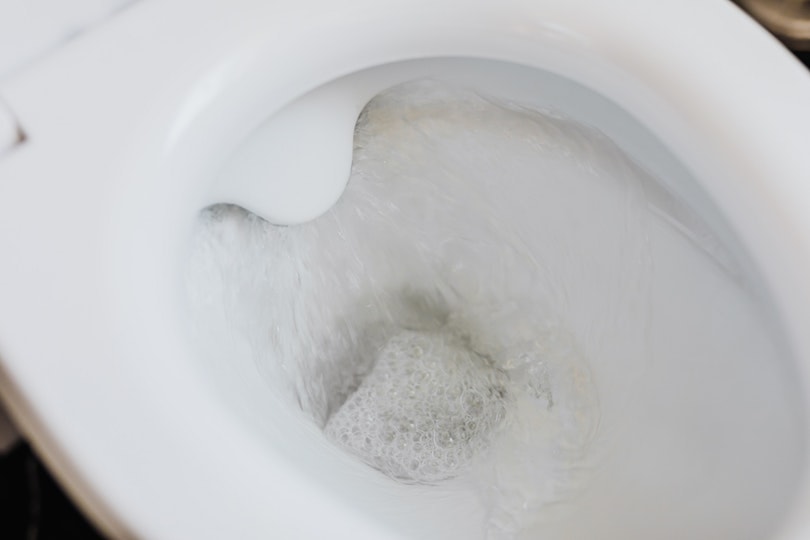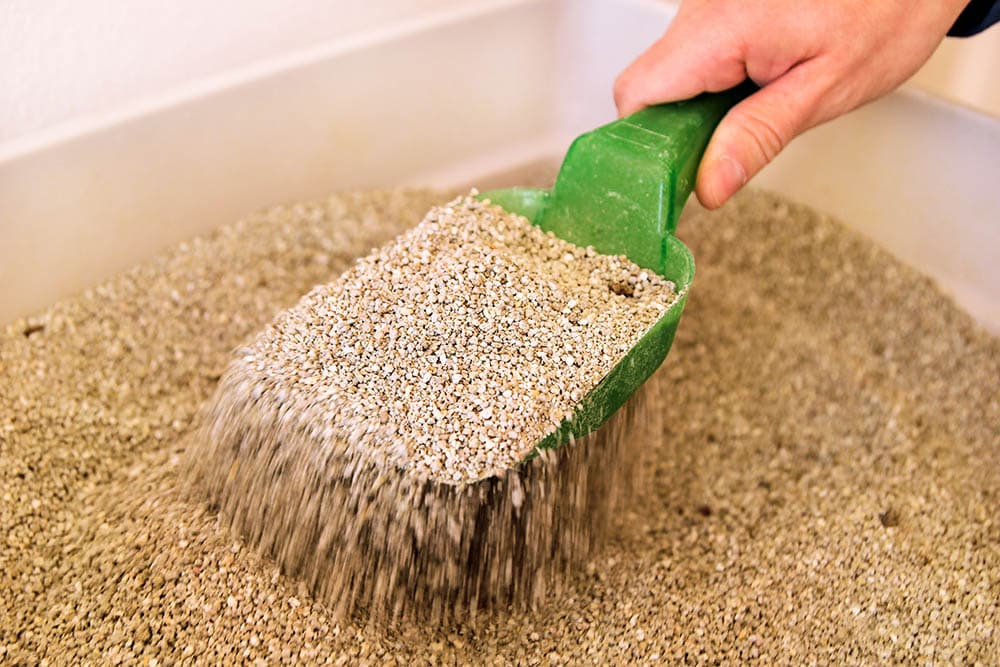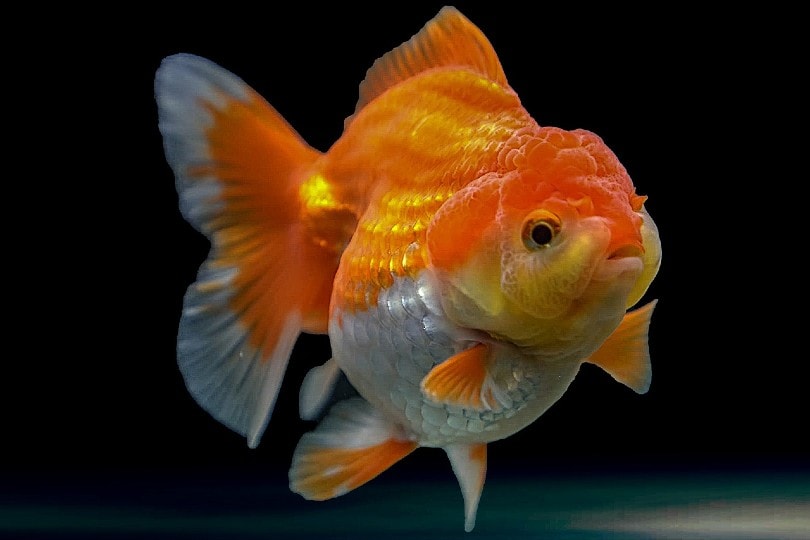6 Toilet Myths & Misconceptions – It’s Time to Stop Believing These
-
Ed Malaker
- Last updated:

While the modern toilet has been with us for more than 400 years and is something that most of us use several times each day, there is a surprising number of myths and misconceptions that reduce people’s understanding of these simple devices. Keep reading as we look at several examples and try to put them to rest for good.
The 6 Toilet Myths and Misconceptions
1. Water Drains Clockwise in the Southern Hemisphere
The rumor that water drains in a different direction in the southern half of the world has persisted for a long time. A scientific property called the Coriolis effect can have a small effect on water, but it won’t change the direction that water drains in a toilet. The direction that the water drains mainly depends on the construction of the basin or toilet. Toilets have rivets and jets that help coax the water in a specific direction, which will get the water spinning faster, so it has more energy to pull down waste material. However, many kitchen and bathroom sinks do not have these ridges or jets, and you will notice water draining in either direction.

2. Wildlife Cannot Enter Your Home Through the Toilet
Many people believe that rats or snakes entering the home through the toilet is nothing more than something that you see in a low-budget horror movie. However, many online videos and news reports show just how easy it can happen. To make matters worse, there’s nothing that you can do to prevent it, as these animals likely traveled a long distance through the sewer system before reaching your home.
3. Cat Litter Is Flushable
Another common toilet myth and misconception is that cat litter is flushable. You can even find several brands of all-natural cat litter that make this statement on the package, making it a bit of a debated topic. Critics claim that even though the packages may state that they’re safe to flush, many cat litter contain fragrances and other ingredients that will enter the human water supply. The biggest fear is the parasite toxoplasma gondii that is found in cat poop. This parasite is dangerous to humans, especially pregnant people and children, and water treatment facilities have difficulty removing it. However, this parasite mainly comes from raw meat that a cat eats outdoors as they hunt. Indoor cats that eat a strictly commercial diet and never venture outside are unlikely to carry this parasite, so flushing litter from these animals is less likely to contaminate the water supply. However, if your cat goes outside, even to sit on the porch, it’s better to choose a different method of litter disposal.

4. A Plunger Can Fix Any Clog
Many people believe that all they need to unclog any toilet is a plunger, and if you are lucky, you will never need anything more. However, it’s quite possible to create a clog in your toilet that the plunger cannot remove, especially if you use toilet paper that is not friendly to septic tanks. If you flush dangerous items, like diapers and baby wipes, feminine hygiene products, food, etc., this can also happen. If you think that one of these items is the reason for your clog, you may need a professional to get your toilet working properly.
5. Flushing Fish Is Fine
While it won’t cause any problems if you flush a dead fish, flushing a live fish can be a different story, especially if the fish that you’re flushing is a goldfish. While the vast majority of them seem only capable of lasting a few days in a fishbowl, they’re quite hardy, can get surprisingly large, and may have a profound impact on the local ecosystem. Goldfish are among the longest living pet fish, with a lifespan of up to 40 years.

6. Toilet Water Cannot Splash Onto Your Toothbrush
Unfortunately, it’s true that toilet water can splash onto your toothbrush. The spinning motion of the toilet water causes microscopic particles to enter the air, where they will not only land on your toothbrush but also on any exposed surface. To minimize contamination, flush the toilet with the lid closed and keep your toothbrush in a sealed container or another room.
How Can I Extend the Lifespan of My Toilet?
The best way to ensure that your toilet doesn’t need frequent repairs is to use biodegradable and septic-tank-safe toilet paper. Fortunately, most commercial brands that you’ll find in a store today are perfectly suitable, even low-cost brands. Never flush any handy wipes or baby wipes or anything other than the commercial toilet paper, though. Never pour warm water into your toilet, as it can melt the wax ring that creates the seal, and never stand on it — the hard porcelain is tough but easy to crack.
See Also:
Conclusion
If you haven’t heard about these myths and misconceptions before, you can use this information to spread the truth and stop them from spreading.
Featured Image Credit: Jean van der Meulen, Pexels
Contents


